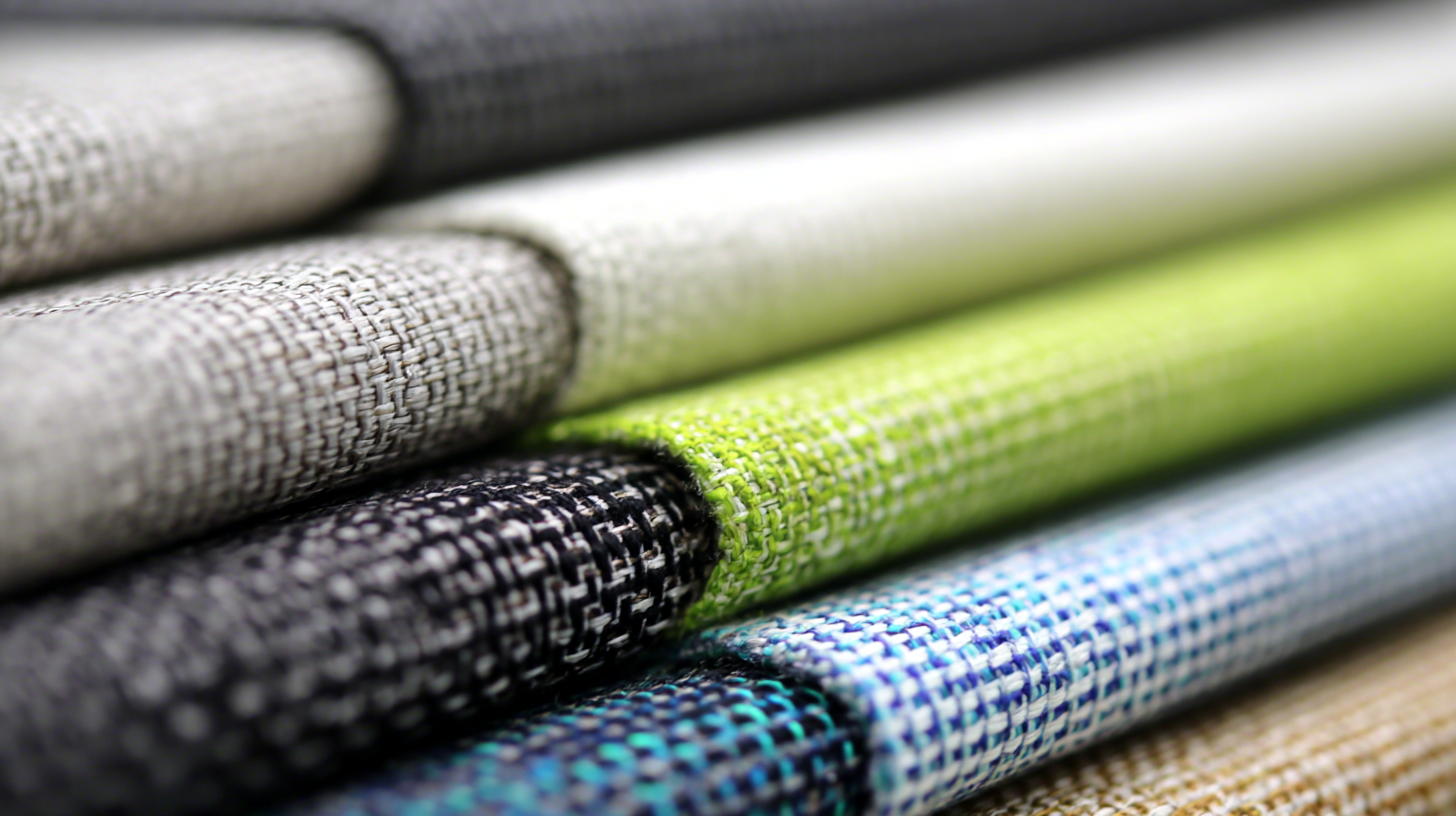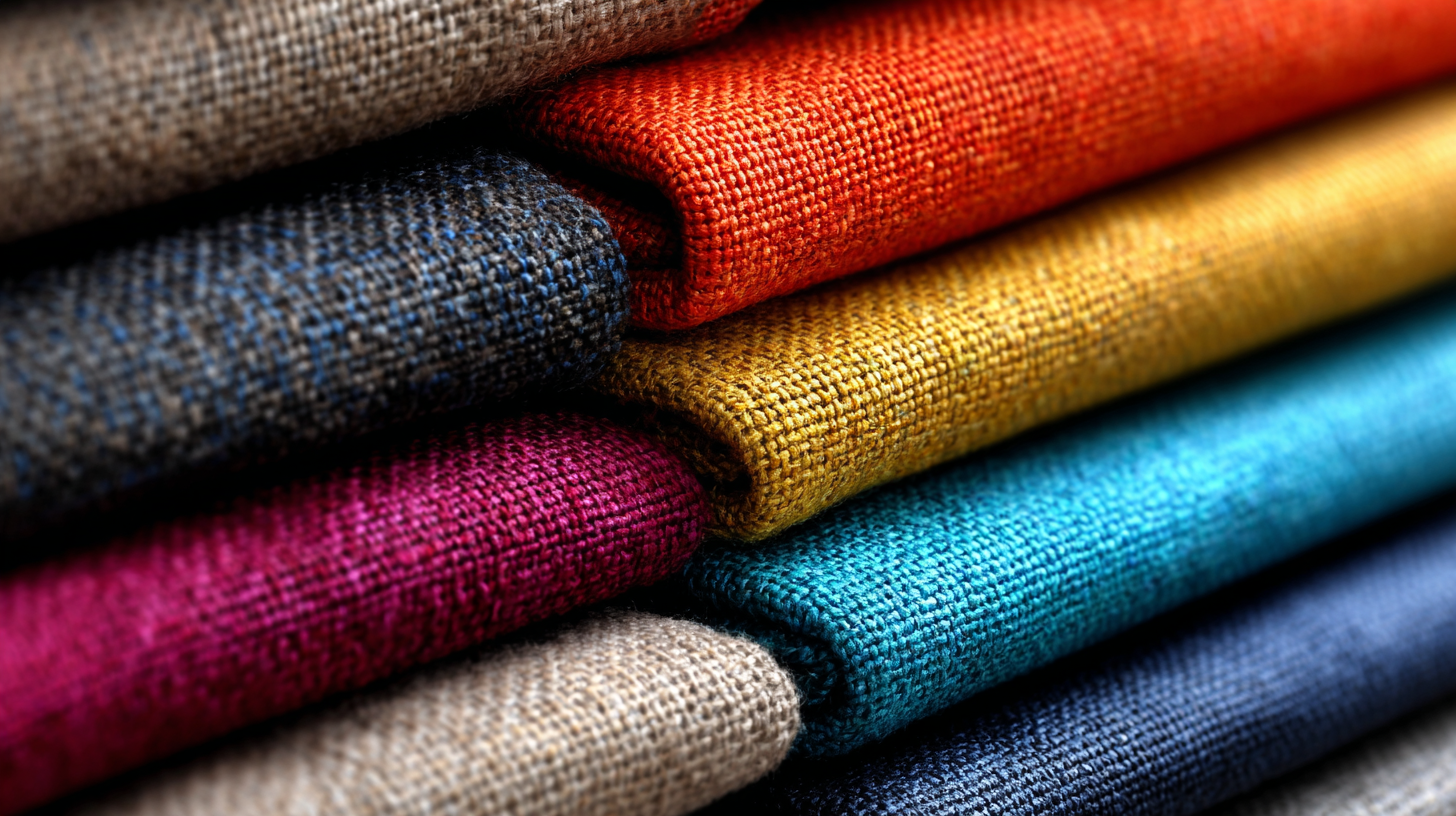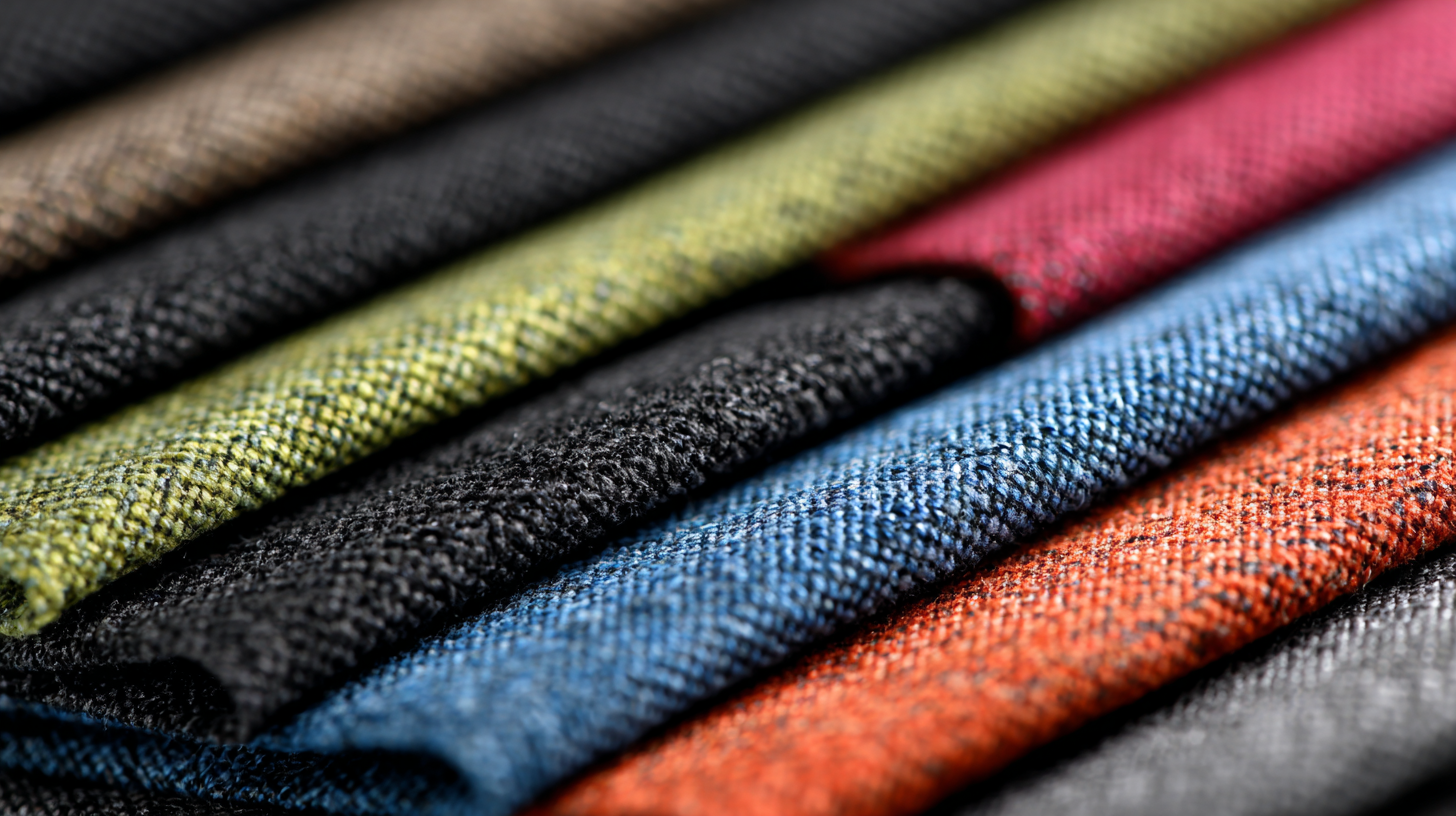
-
Home
-
Products
-
About Us
-
News
-
Blog
-
Video
-
Contact
Leave Your Message

The cut resistant cloth market is poised for significant growth, driven by increasing safety regulations across various industries, including manufacturing, construction, and food processing. According to industry reports, the global cut resistant fabric market is expected to reach USD 3.5 billion by 2025, growing at a compound annual growth rate (CAGR) of 6.2% from 2020. This trend underscores not only the rising demand for personal protective equipment but also emphasizes the importance of selecting appropriate materials for optimal safety and functionality. As we delve deeper into the future trends shaping this market, it is crucial to understand the different types of cut resistant cloth available and the factors influencing their effectiveness. With a focus on innovation and quality, "Made in China" cutting-edge solutions are gaining traction globally, reinforcing the mantra of "global sharing and trustworthy quality" in the manufacturing landscape.

As industries continue to evolve, the demand for cut-resistant cloth is anticipated to surge significantly by 2025. Various sectors, including manufacturing, construction, and healthcare, are increasingly adopting advanced protective gear that incorporates cut-resistant materials. This growth is driven by stricter safety regulations and an emphasis on worker protection. Reports indicate that the cut-resistant cloth market is set to experience considerable growth, with innovations in materials and weaving technologies enhancing the overall performance of protective clothing.
In particular, the fire-resistant knitted fabric market is expected to reach $3.1 billion by 2032, growing at a compound annual growth rate (CAGR) of 6.31% from 2024 to 2032. This trend highlights the rising importance of developing textiles that offer multi-functional protection, combining fire resistance with cut resistance. Industries are now seeking fabrics that not only meet safety standards but also provide comfort and durability for end-users. As the need for advanced protective gear increases, choosing the right cut-resistant material tailored to specific applications has become paramount for ensuring safety and efficiency in the workplace.
The cut resistant cloth market is rapidly evolving, driven by key innovations that prioritize safety and performance. As industries recognize the importance of protective gear, advancements in material technology and manufacturing processes are at the forefront of this trend. High-performance fibers such as Kevlar and Dyneema are increasingly being integrated into design, offering exceptional cut resistance without sacrificing comfort or flexibility. Additionally, hybrid materials that combine multiple fibers are emerging, providing enhanced protection while addressing various industrial needs.
When selecting the right cut resistant material, it's essential to consider specific application requirements. Look for certifications such as ANSI/ISEA 105, which indicates resistance levels and performance standards. It's also important to evaluate the weight and breathability of the material, especially for long-term wear. Test the fabric in practical scenarios to ensure it meets the necessary durability and comfort standards.
Another tip for choosing cut resistant cloth is to assess the supplier's reputation and expertise in the field. Collaborating with manufacturers that focus on innovation and testing can lead to better outcomes in safety gear. Always inquire about the latest technologies being utilized to ensure that you are investing in reliable and effective materials that will enhance workplace safety by 2025 and beyond.
| Material Type | Cut Resistance Level | Market Share (%) | Forecasted Growth Rate (CAGR %) | Key Innovations |
|---|---|---|---|---|
| Kevlar | Level A4 | 30% | 5% | Enhanced Fiber Technology |
| Dyneema | Level A5 | 25% | 6% | Lightweight Material Usage |
| Steel Fiber | Level A3 | 20% | 3% | Increased Durability |
| Composite Fabrics | Level A2 | 15% | 4% | Multi-Layer Protection |
| Nylon Blend | Level A1 | 10% | 2% | Cost Efficiency |
Selecting the right cut-resistant material is crucial for ensuring safety in various industries, such as manufacturing, healthcare, and food processing. The first step in making an informed choice is understanding the different levels of cut resistance. Materials are often rated on the ANSI/ISEA 105 scale, which indicates their ability to withstand cutting hazards. When choosing a material, consider the specific risks associated with your work environment, as well as the dexterity required for tasks. For instance, employees handling sharp tools may need gloves made from high-performance polyethylene or aramid fibers for optimal protection without sacrificing mobility.

Next, evaluating the comfort and breathability of the material can significantly enhance user compliance and productivity. Look for options that incorporate advanced technologies like moisture-wicking and antimicrobial properties. This ensures that workers remain comfortable during long hours while reducing the risk of skin irritations. It’s also essential to consider the fit and grip of the cut-resistant gear to prevent slippage and accidental injuries. Testing various materials under real working conditions can provide additional insights into their performance, helping you make a well-rounded decision that meets both safety and operational needs.
Cut resistant fabrics are becoming increasingly essential across various industries, from manufacturing to healthcare. Case studies highlight the successful implementation of these materials, showcasing their effectiveness in enhancing safety while maintaining functionality. For instance, a prominent automotive manufacturer adopted cut resistant gloves made from innovative fabrics, leading to a significant reduction in hand injuries during assembly line operations. This success not only improved employee safety but also resulted in higher productivity levels.
Another notable example comes from the food processing sector, where a large-scale operation integrated cut resistant aprons for their staff. The decision stemmed from a pressing need to minimize accidents involving sharp tools. As a result, the company reported a dramatic decrease in injury claims and associated costs. These real-world applications illustrate how cut resistant fabrics not only protect workers but also drive operational efficiency, making them a smart investment for businesses looking to prioritize safety in their work environments.
This bar chart illustrates the projected growth of the cut resistant cloth market from 2019 to 2025. The market is expected to expand significantly, driven by increasing demand in industrial and consumer markets.
The cut-resistant cloth market faces significant challenges today, driven by the ever-changing dynamics of the manufacturing industry and sustainability concerns. According to recent data, manufacturers are grappling with rising costs, which have surged by approximately 15% over the past year due to supply chain disruptions and increasing raw material expenses. This has compelled companies to seek innovative solutions in their production processes, particularly in the area of cut-resistant materials, which are essential for worker safety across various industries.
In addition to financial pressures, the fashion industry, which actively incorporates cut-resistant textiles, is navigating complex challenges related to sustainability. A report highlights that by 2025, companies must adapt to a circular economy model, as consumer awareness about environmental impacts intensifies. This shift emphasizes the need for sustainable materials that not only protect workers but also minimize environmental damage. Industry experts suggest that integrating next-generation textiles, such as those made from recycled fibers, could both enhance safety and address ecological footprints. With advancements in materials and technologies, businesses that proactively embrace these changes will be better positioned to meet consumer demands while overcoming current market obstacles.
